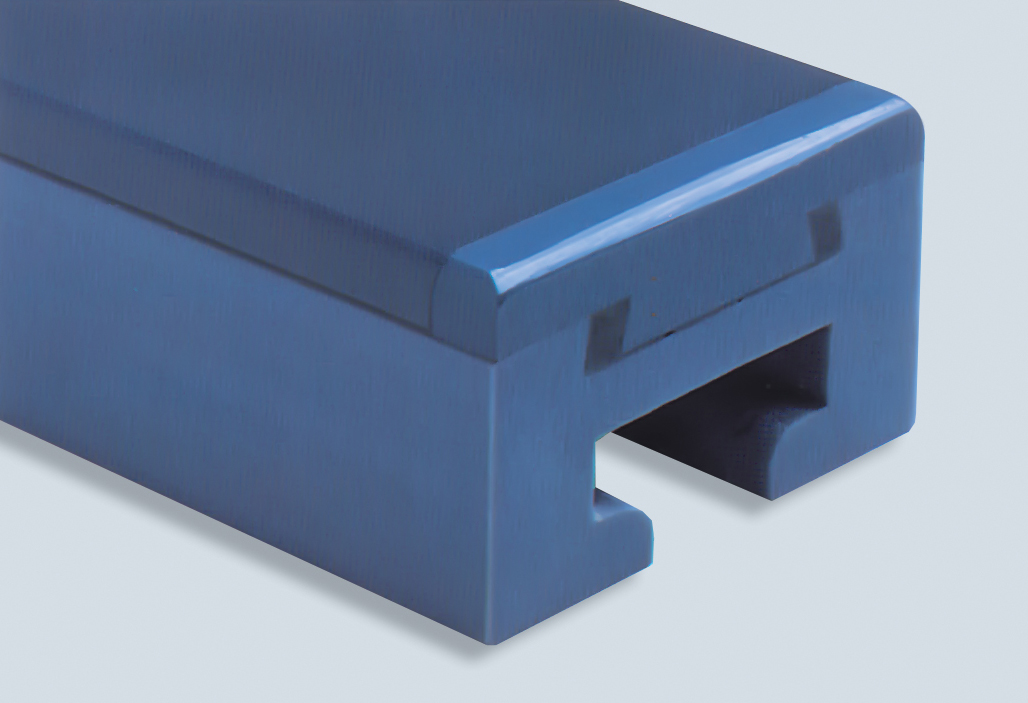Common Ceramic Wear Surface Definitions: A Quick Reference Guide
 Ceramic wear surfaces are used in paper machine applications and can reduce energy consumption and increase wear life. The following provides a quick reference of common ceramic wear surface materials and definitions.
Ceramic wear surfaces are used in paper machine applications and can reduce energy consumption and increase wear life. The following provides a quick reference of common ceramic wear surface materials and definitions.
Coefficient of Friction: The amount of drag the surface exerts on the fabric. Higher friction coefficients mean more machine fabric–wear and more energy required for machine drives.
Cost: A ceramic’s price. Only one variable to consider when determining total cost-effectiveness. Others, like ceramic wear life, fabric wear, fabric, and ceramic replacement costs, must also be considered.
Density: Weight of the material. An especially dense ceramic, like Zirconia, may prove too heavy for existing support system.
Flexural Strength: The ability of the material to withstand torsional and deflection loads found in applications like forming board lead blades, and where foils are frequently handled.
Fracture Toughness: A measurement of how a material withstands physical shock. This property is important for positions like the forming board, where vibration and shock are present.
Surface Finish: Smoothness scale for ceramic surface. A smoother ceramic surface results in less drag load and lower energy consumption. Silicon nitride and silicon carbide offer the best surface finishes.
Thermal Conductivity: A material’s ability to conduct, rather than absorb, heat. Higher conductivity will prevent unnecessary heat build-up that can damage fabrics. Zirconia, for example, has a very low conductivity rate.
Thermal Expansion: The degree to which the material expands under heat. Matching coefficients of expansion between ceramic and ceramic carrier is critically important. Differing rates of thermal expansion can cause ceramic to crack.
Thermal Shock Resistance: How much sudden temperature change a ceramic can withstand without cracking. Silicon nitride has the greatest resistance to thermal shock.
Vickers Hardness: This is a hardness scale and can indicate wear life expectations. Silicon carbide has the highest Vickers hardness; zirconia has the lowest.
Let's Connect
Connect with Kadant Solutions Division on LinkedIn to learn more about our employees, products, and services.